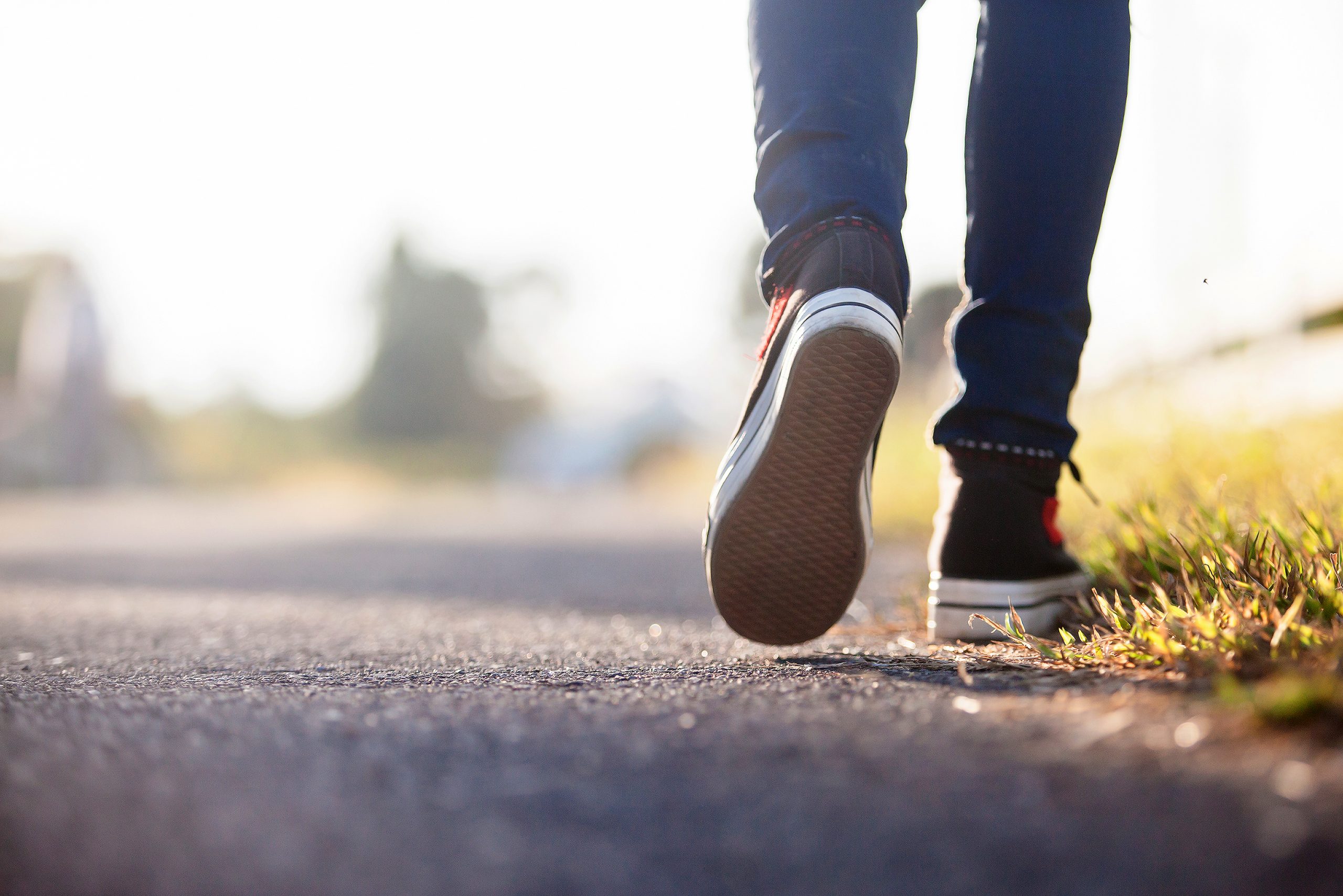“If you want to see how good your brain is, feel your leg muscles!” – Dr. Paul Dudley White, former professor of Cardiology at the Harvard Medical School, who used to ride his bike to class.
Most of us reading this have ridden a bike before. Perhaps some of us still do. Biking is a great form of exercise, and now more than ever, it’s important to get our exercise in.
Not everyone may be able to bike, nor may they want to. The good news is research shows that the very simple act of walking is very, very good for you.
 Dr. Ken Walker, a Harvard Medical School graduate, who for 45 years has written a medical column for 70 newspapers under the name W. Gifford-Jones, recently addressed the upside of walking. Among the many benefits:
Dr. Ken Walker, a Harvard Medical School graduate, who for 45 years has written a medical column for 70 newspapers under the name W. Gifford-Jones, recently addressed the upside of walking. Among the many benefits:
Metabolic
Walking helps decrease the risk of hypertension, diabetes, high cholesterol and heart disease just as much as running. Walkers are also able to be more social as they exercise, which is another boost to good health.
Stronger heart
A study in the Journal of the American College of Cardiology reported a brisk walk decreases the risk of heart failure in post-menopausal women. Men receive the same positive result. Another study in Physiological Reports showed that walking helps prevent endothelial dysfunction, a condition where arteries become rigid, making it more difficult for them to contract and relax.
Better blood sugar levels
A study in Diabetology International showed that daily walkers had lower blood sugar, decreased blood pressure, and a healthier waist size.
Less back pain
A study in the journal Disability and Rehabilitation showed that walking is effective in reducing pain, disability and improving quality of life as much as workouts specifically designed for relieving back pain.
Increased creativity, mood, stress reduction
Studies show walking leads to a reduction in cortisol, the hormone produced in response to stress, among people who walk.
How much walking do you need to do to achieve good health? A widely accepted number is 10,000 steps a day. You can track this by getting a simple pedometer that will record your steps. You don’t have to do all your steps at once, either. Break it up during the day. Look for ways to add steps. For instance, if you come to Forest Lawn to visit your family memorial, park a little farther away than usual, and you’ll add more steps to your log.
Here’s to good health and happy walking!
